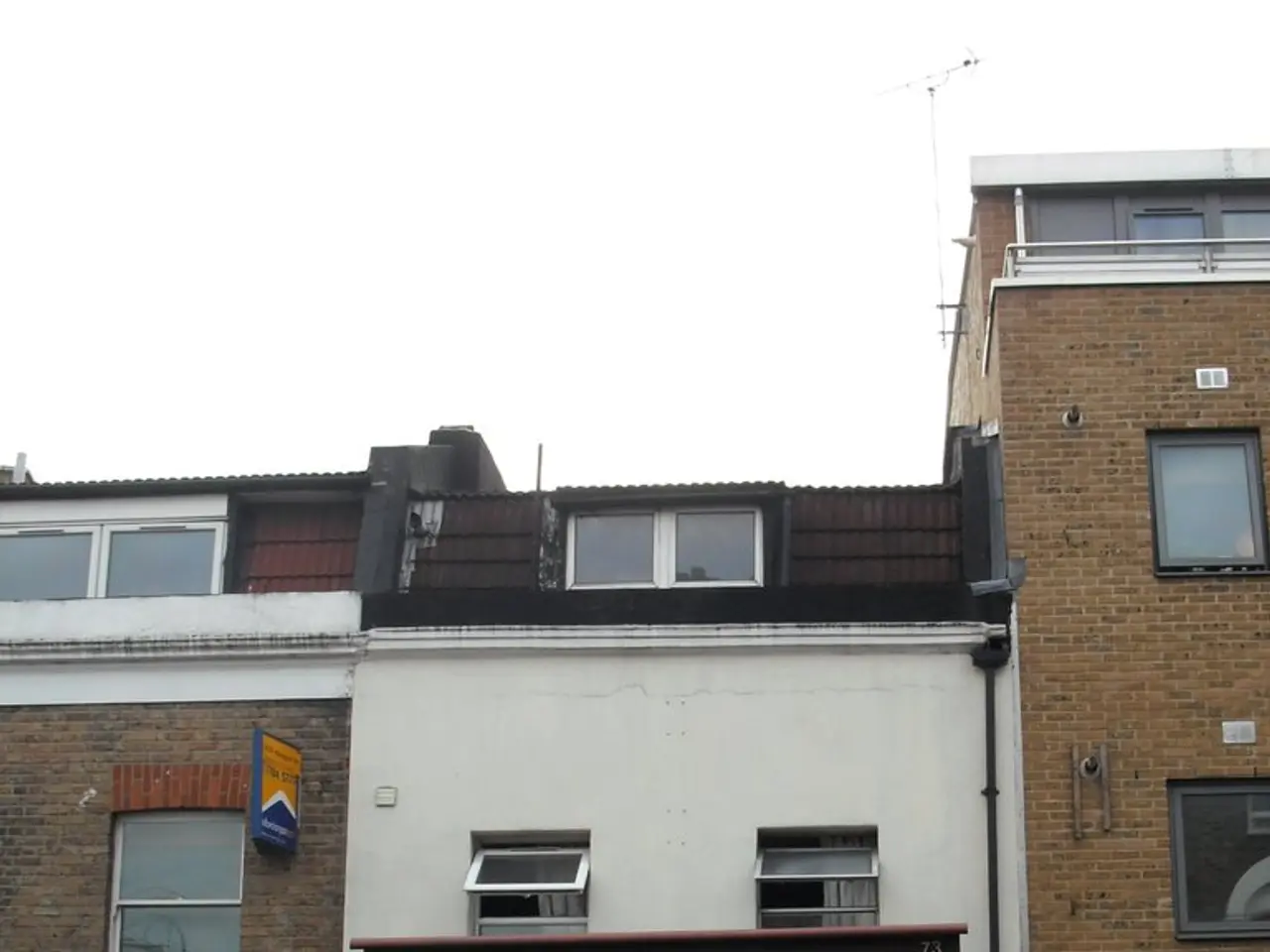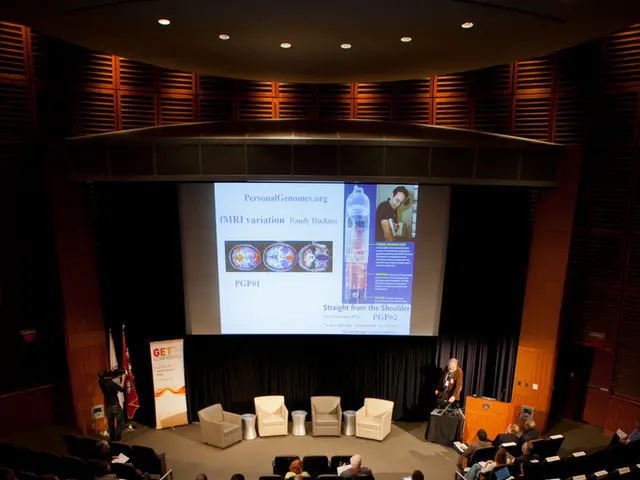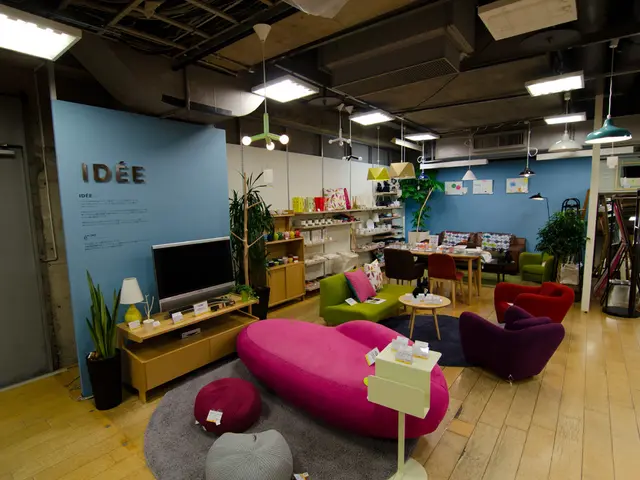Maintaining Long-Term Orderliness: A Comprehensive Guide for Permanent Organizational Success
In the quest for a clutter-free home, it's essential to understand that the root of the problem often lies in personal beliefs and habits. The real key to staying clutter-free is tweaking these aspects to align with clutter-free dreams.
Clutter can be the result of a lack of organization and improper storage solutions for belongings. Visual clutter, with things being jumbled up without a home, is a common issue. Our failure to store items properly often stems from habit.
People's paths in stores and their resistance (or lack thereof) to deals influence the items that end up in their homes. Some individuals keep items out of a sense of sentimentality, such as gifts they don't use or like. Hoarding tendencies can also contribute to the accumulation of clutter, as individuals struggle to discard items they no longer need or use.
Effective strategies to address the beliefs and habits that contribute to clutter accumulation involve a combination of mindset shifts, practical methods, and sustainable habits. Start small and set clear goals, beginning with manageable areas like a single drawer. Use structured sorting methods, such as the Four-Box Method, to make decision-making more systematic. Adopt incremental decluttering, using decluttering bursts—short, focused sessions—to maintain energy and confidence.
Maintain a clutter-free environment through habits like the "One-In, One-Out" rule, which prevents reaccumulation. Question consumption habits by reflecting on item quality and necessity before acquisition. Use a ‘Maybe’ Box for difficult decisions, setting aside sentimental or uncertain items with a future decision date. Regularly reassess usage, asking yourself when the last time you used an item was, and consider letting it go if it’s been over a year and you don't foresee near-future use.
Engage family members in the decluttering process, sharing stories behind keepsakes and involving others can provide emotional closure and help reduce clutter inherited from family possessions. Together, these strategies address beliefs around attachment and habits of accumulation by breaking the process into manageable steps, encouraging thoughtful consumption, and reinforcing ongoing maintenance habits.
Common belief roadblocks stopping decluttering include statements like, "I'm not an organized person," or "A tidy home is a pipe dream with my crazy family." It's important to remember that habits can change, making it possible to store items properly and maintain a clutter-free environment.
[1] Kondo, M. (2014). The Life-Changing Magic of Tidying Up: The Japanese Art of Decluttering and Organizing. Ten Speed Press.
[2] Frank, C. (2019). The Life-Changing Magic of Tidying Up: A Journal. Ten Speed Press.
[3] Cain, S. (2018). The Minimalist Home: A Room-by-Room Guide to a Decluttered, Refocused Life. Ten Speed Press.
[4] Duggan, C. (2018). The Minimalist Kitchen: A Room-by-Room Guide to a Decluttered, Refocused Life. Ten Speed Press.
- To achieve a clutter-free home, one might find inspiration from podcasts on decluttering and organizing, such as the ones by Marie Kondo or The Minimalists.
- Implementing a clutter-free lifestyle can extend beyond one's home, influencing other areas such as family, garden, and even blogging about one's home-improvement journey.
- Home-and-garden blogs can provide practical tips for decluttering, offering various decluttering methods like the Four-Box Method for effective sorting and decision-making.
- Adopting the "One-In, One-Out" rule, a common home-improvement strategy, can prevent reaccumulation of clutter and help maintain a clutter-free environment.
- By engaging family members in the decluttering process, you can not only improve home organization but also share stories and provide emotional closure, reducing inherited family clutter.




